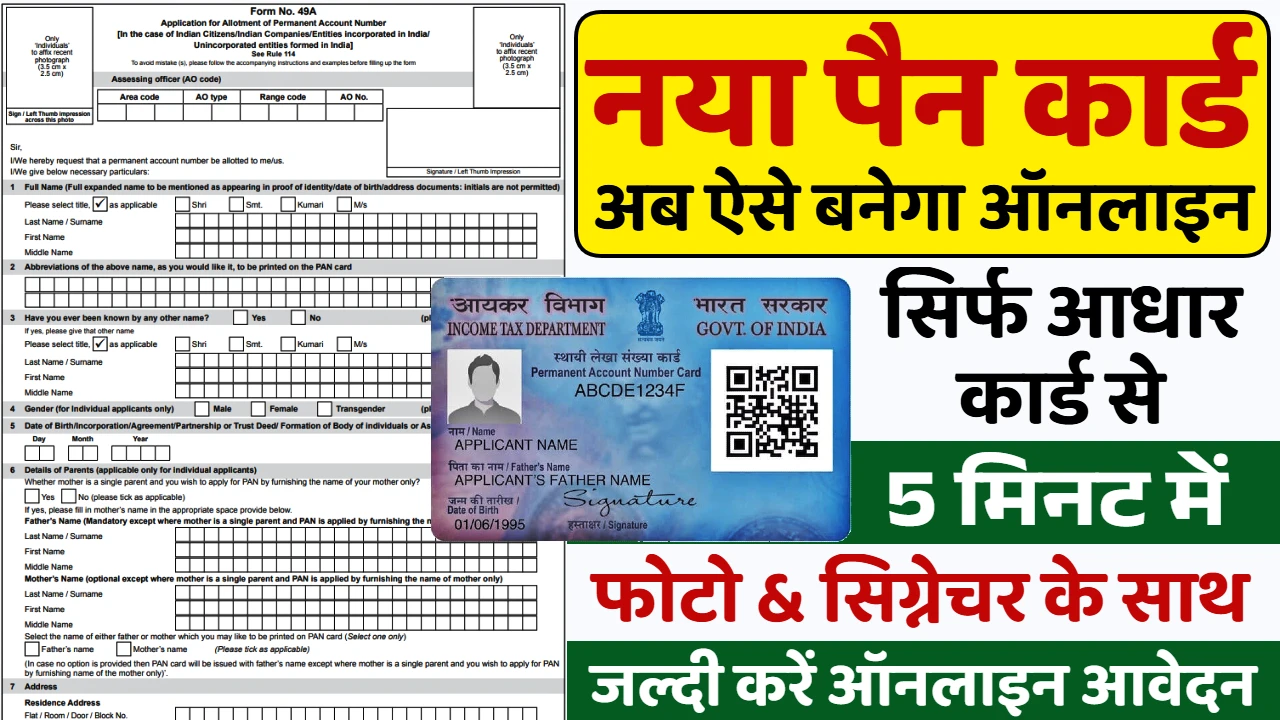For millions around the globe, a cup of tea is more than just a beverage; it’s a ritual, a comfort, and an essential start to the day. While seemingly simple, crafting the perfect homemade tea involves a delicate balance of ingredients and technique. Forget lukewarm brews and embrace the art of making a truly satisfying cup right in your own kitchen. This comprehensive guide will explore the essential ingredients, the step-by-step making process, and invaluable tips for achieving that perfect flavor and aroma every time.
The Essence of Flavor: Essential Ingredients for a Perfect Cup of Tea
The foundation of a great cup of tea lies in the quality of its ingredients. Here’s what you’ll typically need for a classic Indian milk tea:
- Tea Leaves: 1 teaspoon of your preferred tea leaves per cup. Popular choices include strong black tea varieties like Assam, Darjeeling (for a lighter brew), or a blend. Experiment to find your favorite.
- Water: 1 cup of fresh, cold water per serving. Using freshly drawn water that has been properly aerated enhances the flavor extraction from the tea leaves.
- Milk: ½ cup of milk per serving, adjusted to your preference. Full-fat milk provides a richer taste, but you can use any type of milk you prefer (including dairy-free alternatives).
- Sugar: To taste. Adjust the amount of sugar according to your sweetness preference. You can also use other sweeteners like honey or jaggery.
- Optional Spices (Masala Chai): For a spiced tea (Masala Chai), you might include:
- ¼ teaspoon grated ginger.
- 1-2 crushed cardamom pods.
- 1-2 cloves.
- A small piece of cinnamon stick.
- A pinch of black peppercorns.
The Brewing Ballet: A Step-by-Step Making Process for Delicious Tea
Crafting the perfect cup of tea involves a simple yet precise making process. Here’s a detailed guide for a classic Indian milk tea:
- Boiling the Water: In a clean saucepan, bring the fresh water to a rolling boil. Using fully boiled water is crucial for proper extraction of flavor from the tea leaves.
- Adding the Tea Leaves: Once the water is boiling, add the tea leaves to the saucepan. Reduce the heat to low and let the tea leaves steep for 2-3 minutes. The steeping time will influence the strength of your tea; longer steeping results in a stronger brew.
- Adding Spices (Optional): If you’re making Masala Chai, add the grated ginger and crushed whole spices along with the tea leaves or a minute before adding the milk. Simmer gently to allow the spices to infuse their flavor into the water.
- Adding Milk: After the tea has steeped for the desired time, add the milk to the saucepan. Increase the heat back to medium and bring the tea back to a gentle simmer, stirring occasionally. Simmering the tea with milk helps to blend the flavors and create a smoother, richer drink.
- Adding Sugar: Once the tea has reached your desired color and strength (usually after simmering for another 1-2 minutes with milk), add sugar to taste. Stir well until the sugar is completely dissolved.
- Straining and Serving: Remove the saucepan from the heat. Pour the tea through a fine-mesh strainer into your favorite teacup or mug, ensuring no tea leaves or spice remnants make it into your drink. Serve hot and enjoy the comforting warmth and flavor of your homemade tea.
Expert Tips for Tea Time Triumph
Elevate your daily tea ritual with these invaluable tips:
- Quality Tea Leaves Matter: Invest in good quality tea leaves for a richer and more nuanced flavor. Fresh tea leaves will always yield a better brew.
- Fresh Water is Key: Always use fresh, cold water that has just come to a boil. Re-boiled water loses oxygen and can result in a flat-tasting tea.
- Control Steeping Time: Adjust the steeping time of the tea leaves according to your preference for strength. Over-steeping can lead to a bitter taste.
- Simmer with Milk: Simmering the tea with milk on low heat helps to meld the flavors and creates a smoother, more integrated drink. Avoid boiling the tea vigorously after adding milk, as this can alter the taste.
- Adjust Sweetness to Taste: Add sugar gradually, tasting as you go, to achieve your perfect level of sweetness.
- Experiment with Spices: Don’t be afraid to experiment with different spices and their quantities to create your signature Masala Chai blend. Freshly ground spices generally offer a more potent flavor.
- Use Clean Utensils: Always use clean saucepans and strainers to avoid any unwanted flavors in your tea.
- Water Temperature Matters: While boiling water is generally used for black tea, more delicate teas like green or white tea require slightly lower temperatures for optimal flavor extraction.
- Storage of Tea Leaves: Store your tea leaves in an airtight container away from light, moisture, and strong odors to maintain their freshness and flavor.
- Enjoy Immediately: Freshly brewed tea always tastes best. Avoid letting it sit for too long after brewing.
- Milk First or Tea First? This is a long-debated topic! In India, tea is generally brewed with water first, then milk is added. Experiment with both methods to see which you prefer.
- Regional Variations: Explore different regional variations of tea preparation. Some might include ingredients like ginger alone, or just cardamom.
By following this detailed guide, utilizing quality ingredients, mastering the simple making process, and incorporating these essential tips, you’ll be well on your way to brewing the perfect cup of homemade tea that will invigorate your senses and provide a moment of comforting warmth every time. Enjoy your daily ritual!










